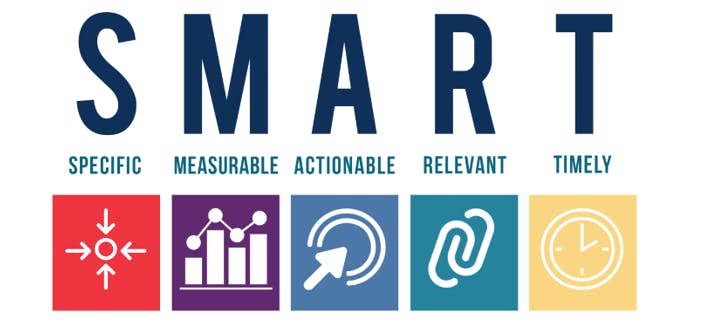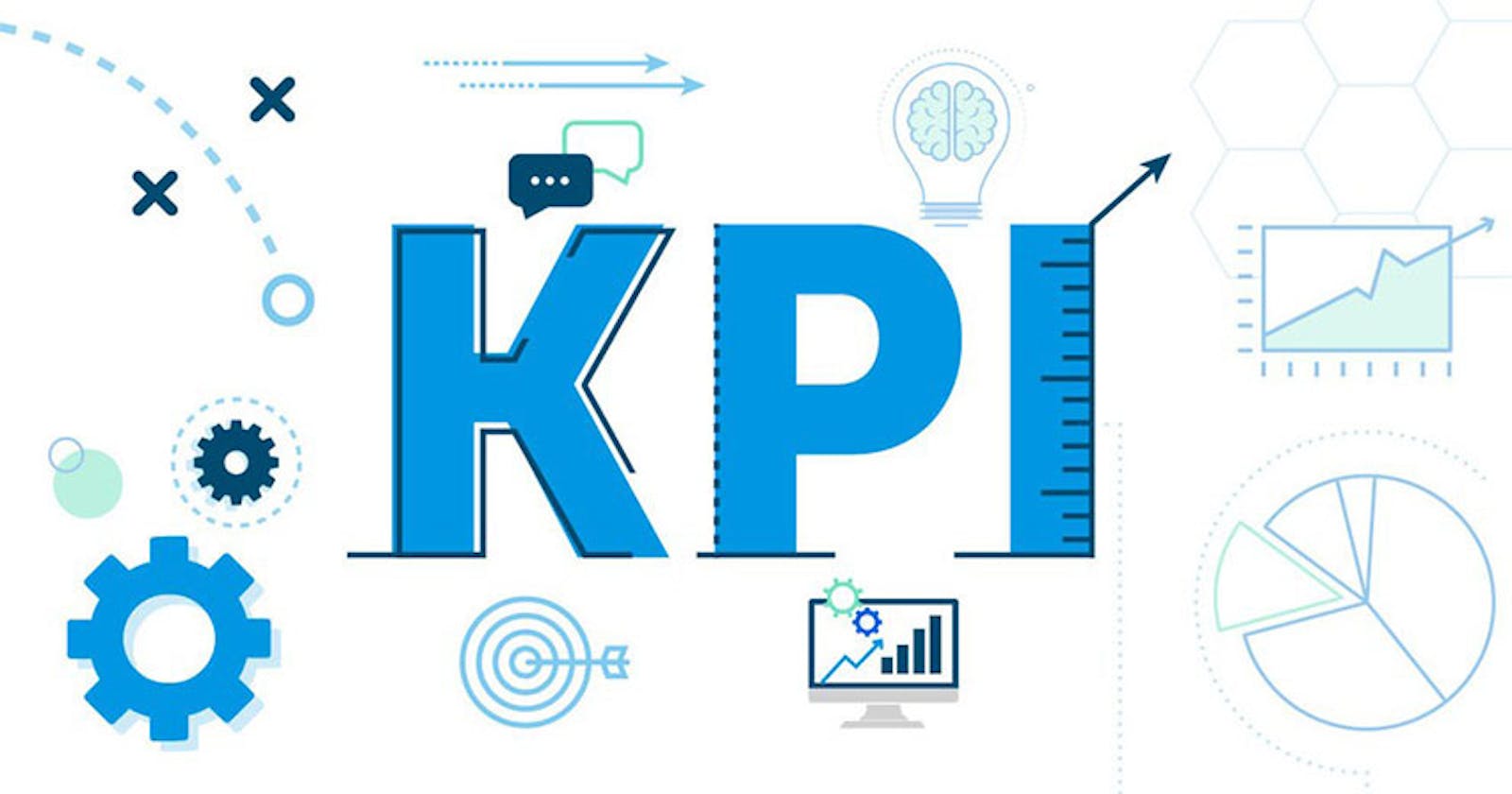Introduction
In the business world, we frequently hear the term KPI thrown around, and we might not fully understand what it means. At first glance, it appears that the person saying it may not even know what KPI stands for. KPIs assess how well companies, businesses, business units, products, projects, or individuals perform in relation to strategic goals and objectives.
What is a KPI?
The acronym KPI stands for Key Performance Indicator. A key performance indicator (KPI) is a measurable value that demonstrates how effectively a company achieves key business objectives. KPIs are used by organizations to assess their success in meeting targets. High-level KPIs may focus on overall business performance, whereas low-level KPIs may focus on processes across departments such as sales, marketing, human resources, or support. They provide us with a clear picture of current performance levels. But wait, before we get started. The definition of KPI that I provided was correct, but it did not explain how knowing the specifics of the organization's missions and goals is critical to Key Performance Indicators.
So, before we dive into KPIs in greater depth, let's unpack these three words.
Key: A KPI is a key performance indicator. What are the most important aspects of your company? That should ideally come from your organization's strategic and business plans, or some other written or unwritten plan. It is critical because it must be directly relevant to your organization.
Performance: This is about comparing actual performance to the target. Assume that one of the primary goals for this year is to increase profit over last year. You will measure the key value of this year's actual performance or profits. Again, it's the last year's profit, It will either be higher, lower, or remain the same as last year's profit. This brings us to the final letter of this abbreviation.
Indicator: You will need some way to indicate whether or not the performance is meeting or exceeding the goals. That is why an indicator is created. The indicator will quickly notify you if any key performance falls outside the bounds you've set. The indicator should employ pre-attentive characteristics that enable the user to access their iconic memory space, or, more likely, their short-term memory space.
So there you have KPIs. This KPI must have three components. First, it must be crucial or key. Second, it must be measurable so that performance can be measured and compared to the goals. Third, it must have some calculation that allows in a very quick way for someone to indicate how crucial a measurement is doing. That all adds up to the three components needed for any key performance indicator.
How do you define and use a KPI?
Now that we've defined a KPI, let's look at how to use one.
Have you ever implemented an industry-recognized KPI only to discover that it does not work for your company? It is critical to remember that KPIs are a type of communication. That is, they adhere to the same results and best practices as any other form of communication: concise, clear, and relevant information is most effective.
Understanding your organizational objectives, how you intend to achieve them, and who can act on the information, will help you develop a strategy for developing KPIs. You will gain a better understanding of which business processes can be on a KPI dashboard and with whom you should share that dashboard as you iterate and develop.
Let's take a closer look at each stage of developing a KPI:
Defining a KPI
It is important to remember that a KPI is only useful if it motivates people to take action. We can ask a few questions about our KPIs by taking action.
What is the objective: Does the objective of the KPI actually have meaningful business outcome? The beginning point for developing these KPIs is a good reason why it is important to your business.
How is it measured: Once you've decided on an objective, the next question is how you'll measure that objective or progress toward that goal. And if you can't measure progress, it means the goal isn't well defined enough.
Will it Inspire action?: Can I act as the person responsible for that measurable KPI? Can I take action to make a difference? or will the stakeholder act in response to the reported KPI?
What is the timeframe: What is the appropriate timeframe for achieving the defined goals and objective?
One way to measure the performance of your KPIs is using the SMART framework. What is the SMART framework?
Let's break down the acronym:
- Is your objective specific?
- Can you measure progress towards your goal?
- Is the goal realistically attainable?
- How relevant is the goal to your organization?
- What is the timeframe for achieving this goal?

If you want to make the SMART Framework smarter, add evaluate and re-evaluate to your measurement steps. KPIs should not be set once and then forgotten; they should be reviewed on a regular basis to ensure they are attainable and on track.
Let's take a look at an example.
Let's say your objective is to increase your monthly recurring revenue—your sales growth KPI. Here's how you might define the KPI:
- What is your desired outcome? Increase revenue by 20% this year.
- Why does this outcome matter? The business will become more profitable.
- How are you going to measure progress? The increase in monthly revenue, measured in dollars.
- How can you influence the outcome? By encouraging expansion MRR for existing customers, by moving MQLs to SQLs, moving opportunities to win, and collaboration between marketing and sales.
- Who is responsible for the business outcome? Director of Sales.
- How will you know you’ve achieved your outcome? Revenue will increase by 20.
- How often will you review progress towards the outcome? On a monthly basis.
Why KPI are important
Make adjustments: KPIs enable you to clearly see your successes and failures, allowing you to do more of what works and less of what doesn't.
Makes team accountable: Performance KPIs will assist employees in measuring their impact and how their daily activities, which are arguably the foundation of their role, contribute to the achievement of larger organizational goals. KPIs direct everyone in the same direction, resulting in a happy contributor to your success.
KPIs reveal the true state of your organizational health. From risk concerns to financial indicators, key performance indicators provide a true picture of the health of your company.
Reporting on KPIs
A KPI dashboard is the most convenient way to report on your KPIs. A KPI dashboard gives you an instant snapshot of your company's performance in near real-time. A KPI dashboard, also known as a KPI report, depicts how your current performance compares to your goals. Traditionally, a KPI report is issued quarterly; however, with a KPI dashboard, you can easily report on your performance at-a-glance, at any time!.
KPI Examples
Finance
Finance managers have many options for tracking financial progress, ranging from expense and revenue to margin and cash management. Here are some examples to think about as you develop your own key performance indicators.
- Gross Profit Margin (and %)
- Operating Profit Margin (and %)
- Net Profit Margin (and %)
- Operating Expense Ratio
- Working Capital Ratio
Marketing
Track and review sales key performance indicators, such as leads, opportunities, closed sales, and volume, to ensure your teams are meeting sales targets. Here are some examples of sales team KPIs:
- New Inbound Leads
- New Qualified Opportunities
- Sales Volume by Location
IT
IT key performance indicators can help keep teams accountable and alert them to potential issues down the road, from support tickets to server downtime. KPIs for IT teams could include the following:
- Total Support Tickets
- Open Support Tickets
- Ticket Resolution Time
- Security Related Downtime
- Reopened Tickets
KPIs vs Metrics
The terms key performance indicators (KPIs) and metrics are frequently used interchangeably. They do not, however, have the same meaning. All measures used by an organization to monitor business performance are referred to as metrics, but KPIs are the most critical metrics used to evaluate the organization's overall performance.
Furthermore, to ensure that your key performance indicators produce the desired results, improve data literacy within your organization or team so that everyone is working toward the strategic goals. To keep your key performance indicators current, you will need to revise them based on market, customer, and organizational changes.
REFRENCE
Professional Leadership Institute. Business KPI’s: Definition, Types, and How to Develop Them. [online] Available at https://professionalleadershipinstitute.com/resources/business-kpis-definition-types-and-how-to-develop-them/. [Accessed 8 Sep. 2022].
Qlik: What is a KPI. [online] Available at https://www.qlik.com/us/kpi#:~:text=Here's%20a%20quick%20explanation%3A,targeted%20new%20customers%20per%20month%E2%80%9D.. [Accessed 8 Sep. 2022].
Klipfolio: Key Performance Indicator [online] Available at https://www.klipfolio.com/resources/articles/what-is-a-key-performance-indicator. [Accessed 7 Sep. 2022]
